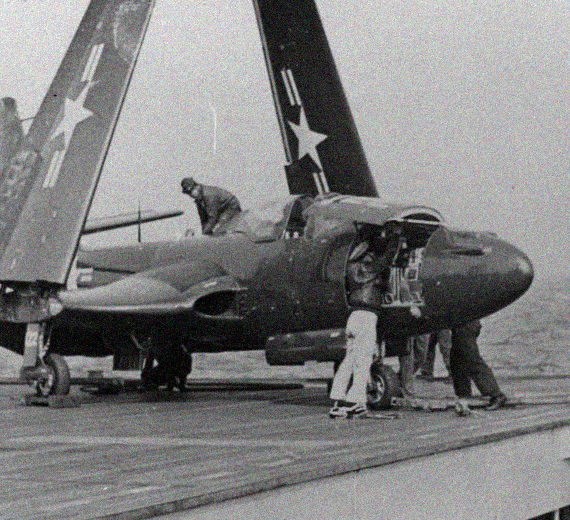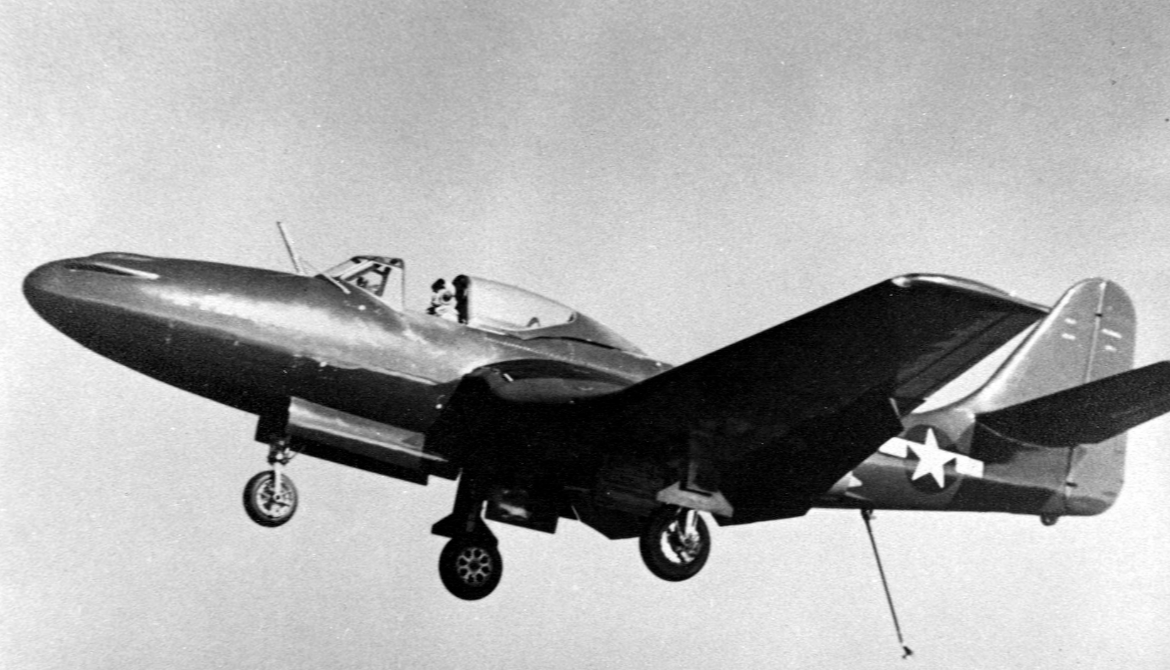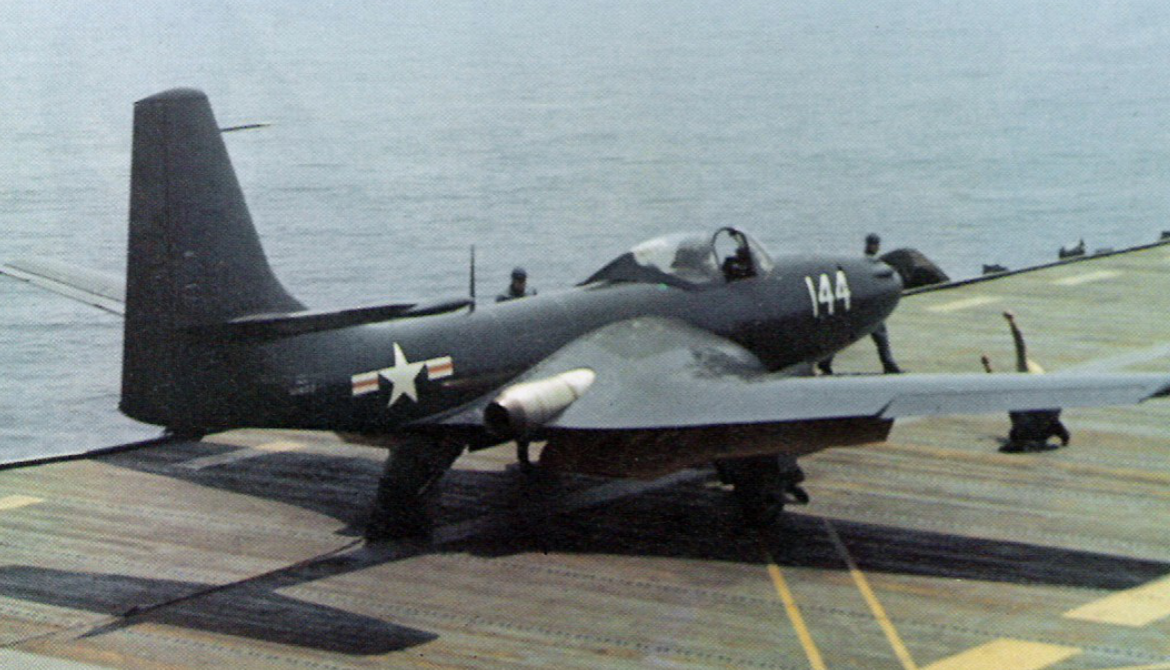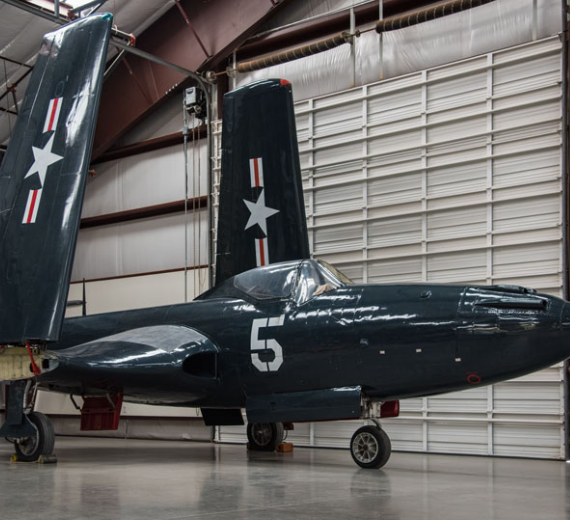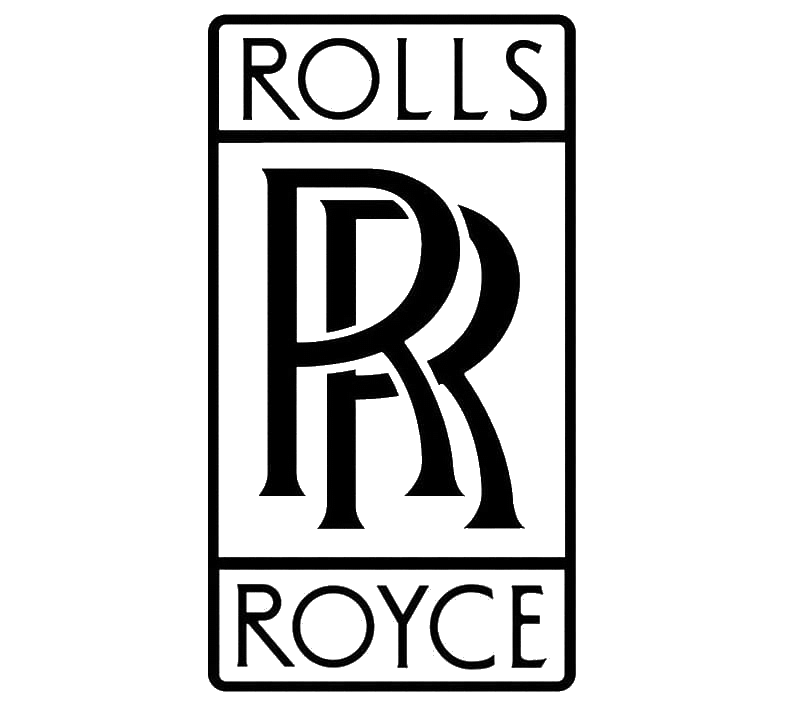McDonnell/Douglas
McDonnell FH Phantom
Role Carrier-based fighter aircraft
Manufacturer McDonnell Aircraft
First flight 26 January 1945
Introduction August 1947
Retired 1949 (USN, USMC)
July 1954 (USNR)
Primary users United States Navy
United States Marine Corps
Number built 62
Developed into McDonnell F2H Banshee
.
History McDonnell/Douglas
McDonnell FH Phantom I

The McDonnell FH Phantom is a twinjet fighter aircraft designed and first flown during World War II for the United States Navy. The Phantom was the first purely jet-powered aircraft to land on an American aircraft carrier and the first jet deployed by the United States Marine Corps. Although only 62 FH-1s were built it helped prove the viability of carrier-based jet fighters. As McDonnell's first successful fighter, it led to the development of the follow-on F2H Banshee, which was one of the two most important naval jet fighters of the Korean War; combined, the two established McDonnell as an important supplier of navy aircraft.
In early 1943, aviation officials at the United States Navy were impressed with McDonnell's audacious XP-67 Bat project. McDonnell was invited by the navy to cooperate in the development of a shipboard jet fighter, using an engine from the turbojets under development by Westinghouse Electric Corporation. Three prototypes were ordered on 30 August 1943 and the designation XFD-1 was assigned. Under the 1922 United States Navy aircraft designation system, the letter "D" before the dash designated the aircraft's manufacturer. The Douglas Aircraft Company had previously been assigned this letter, but the USN elected to reassign it to McDonnell because Douglas had not provided any fighters for navy service in years.
McDonnell engineers evaluated a number of engine combinations, varying from eight 9.5 in (24 cm) diameter engines down to two engines of 19 inches (48 cm) diameter. The final design used the two 19 in (48 cm) engines after it was found to be the lightest and simplest configuration. The engines were buried in the wing root to keep intake and exhaust ducts short, offering greater aerodynamic efficiency than underwing nacelles, and the engines were angled slightly outwards to protect the fuselage from the hot exhaust blast. Placement of the engines in the middle of the airframe allowed the cockpit with its bubble-style canopy to be placed ahead of the wing, granting the pilot excellent visibility in all directions. This engine location also freed up space under the nose, allowing designers to use tricycle gear, thereby elevating the engine exhaust path and reducing the risk that the hot blast would damage the aircraft carrier deck. The construction methods and aerodynamic design of the Phantom were fairly conventional for the time; the aircraft had unswept wings, a conventional empennage, and an aluminum monocoque structure with flush riveted aluminum skin. Folding wings were used to reduce the width of the aircraft in storage configuration. Provisions for four .50-caliber (12.7 mm) machine guns were made in the nose, while racks for eight 5 in (130 mm) High Velocity Aircraft Rockets could be fitted under the wings, although these were seldom used in service. Adapting a jet to carrier use was a much greater challenge than producing a land-based fighter because of slower landing and takeoff speeds required on a small carrier deck. The Phantom used split flaps on both the folding and fixed wing sections to enhance low-speed landing performance, but no other high-lift devices were used. Provisions were also made for Rocket Assisted Take Off (RATO) bottles to improve takeoff performance
0
KmCeiling
0
KmCombat RANGE
0
Km/hAircraft Speed
0
Max Crew
Photo Gallery
McDonnell/Douglas
McDonnell FH Phantom I


McDonnell/Douglas
McDonnell FH Phantom I
General Info
-
-
- Crew: 1
- Length: 37 ft 3 in (11.35 m)
- Wingspan: 40 ft 9 in (12.42 m)
- Width: 16 ft 3 in (4.95 m) wings folded
- Height: 14 ft 2 in (4.32 m)
- Height folded: 16 ft 10 in (5 m)
- Wing area: 273.74 sq ft
-
Powerplant
-
-
- Empty weight: (3,031 kg)
- Gross weight: (4,552 kg)
- Max takeoff weight: (5,459 kg)
- Fuel capacity: 375 US gal (312 imp gal; 1,420 L) gasoline internal, with optional 295 US gal (246 imp gal; 1,120 L) external belly tank.
- Powerplant: 2 × Westinghouse J30-WE-20 (or J30-P20) turbojet, 1,600 lbf (7.1 kN) thrust (Westinghouse 19 XB-2B)
- Powerplant: 2 × Aerojet 14AS-1000 D5 JATO bottles, 1,000 lbf (4.4 kN) thrust each for 14 seconds
-
Performance
- Maximum speed: 505 mph (813 km/h, 439 kn) at 3\30,000 ft (9,100 m)
- Cruise speed: (399 km/h, 216 kn)
- Landing speed: (70 kn; 130 km/h)
- Range: 690 mi (1,110 km, 600 nmi)
- Ferry range: 1,400 mi (2,300 km, 1,200 nmi) with external belly tank.
- Service ceiling: 41,100 ft (12,500 m)
- Rate of climb: 4,230 ft/min (21.5 m/s)
- Wing loading: 36.4 lb/sq ft (178 kg/m2)
- Thrust/weight: 0.32
Armament
-
- Guns: 4 × .50 in (12.7 mm) machine guns
- Rockets: 8 × 5 in (127 mm) High Velocity Aircraft Rockets [
.
Links to Youtube & Others
The Phantom's service as a frontline fighter would be short-lived. Its limited range and light armament – notably, its inability to carry bombs – made it best suited for duty as a point-defence interceptor aircraft.
McDonnell/Douglas
McDonnell FH Phantom
The Phantom's service as a frontline fighter would be short-lived. Its limited range and light armament – notably, its inability to carry bombs – made it best suited for duty as a point-defence interceptor aircraft
Youtube Link
The F2H Banshee and Grumman F9F Panther, both of which began flight tests around the time of the Phantom's entry into service, better satisfied the navy's desire for a versatile, long-range, high-performance jet.

